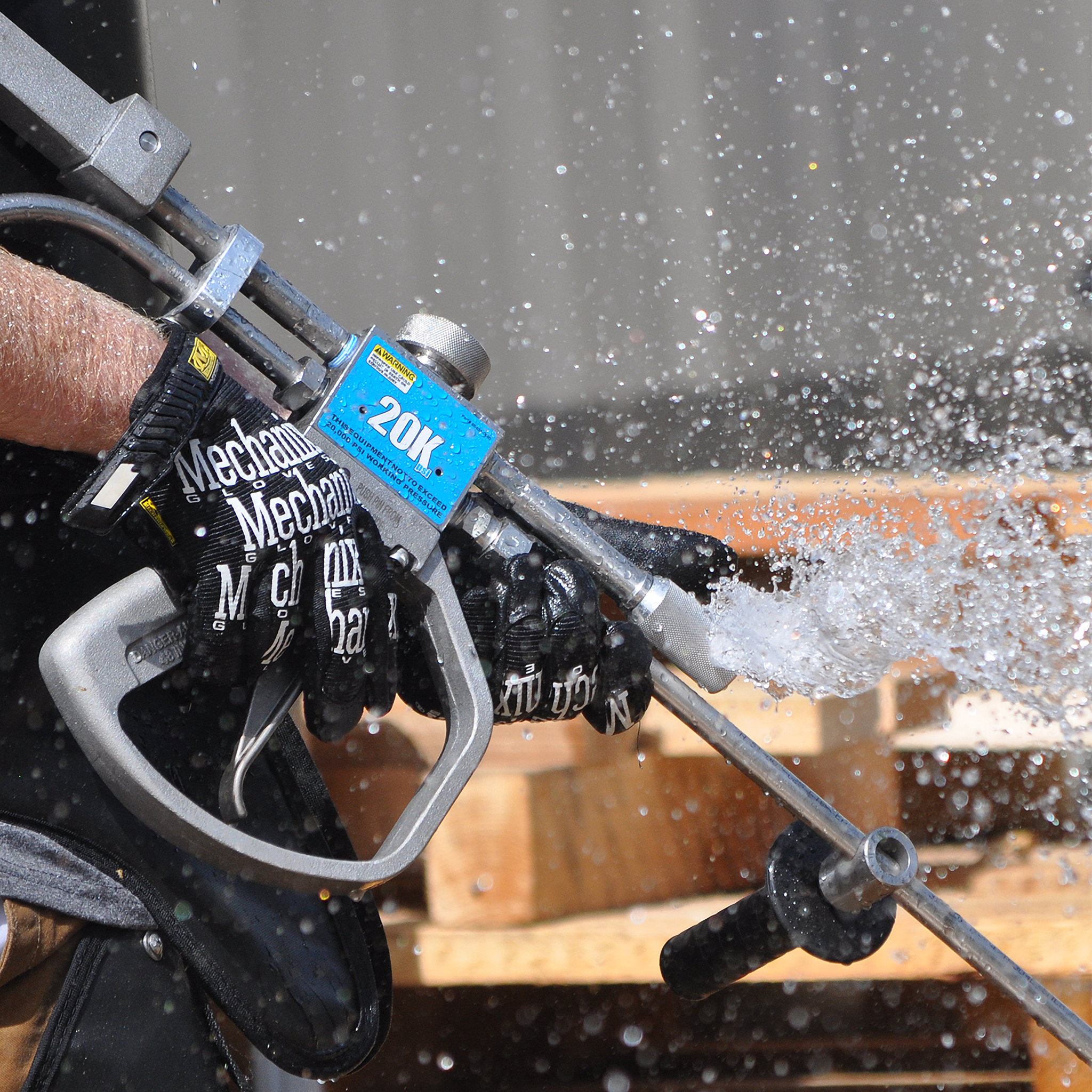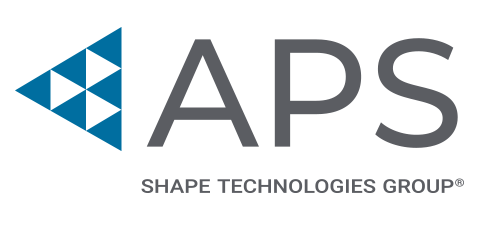WATER BLASTING VS SAND BLASTING

"Gentler, Cleaner, Greener: Why Water Blasting is the Better Choice Over Sand Blasting"
Sandblasting and waterblasting are the most popular methods for de-coating and cleaning. Each of these methods has its advantages and disadvantages. However, recently, high-pressure waterjet technology has gained significant progress in the surface preparation industry. “Some of the benefits associated with water jetting are lower costs, no damage to the substrate's original profile, no grit residues, no health problems, lower disposal costs and improved surface cleanness of the substrate, and lower environmental impact.
COST EFFECTIVENESS
Water blasting is faster and cheaper because of its efficiency, reduced overhead, and prep costs. Surface Preparation with UHP water blasting between 40-55k PSI can be done faster than sandblasting, reducing the overall cleaning time. Cost savings can also be applied when considering labor, material, utility, disposal, health & safety factors.
Below is an economic analysis for field-level maintenance activities that revealed that replacing abrasive blasting with a waterjet process would be more financially beneficial.

VERSATILE
Waterblasting is more efficient than sandblasting at removing many materials, including dirt, paint, grime, cement, and rust. It uses high-pressure water jets to blast away contaminants from surfaces at 40,000-55,000 PSI, making it a versatile method for cleaning various surfaces, including surfaces that are too delicate for sandblasting. One major benefit of waterblasting is that it causes no damage to the substrate's original profile, allowing for better paint/ coating bonding after each de-coating.
The diagram below shows the results of abrasive sandblasting vs waterblasting on a surface. The results of waterblasting show a rougher substrate surface, allowing for better bonding when recoated.



LEAVES NO RESIDUE
Waterblasting is also more effective than sandblasting. Surface preparation is the most important stage in the success of any coating project. Studies show that the performance of any protective coating is primarily influenced by its ability to adhere to the substrate surface. Sandblasting can leave behind abrasive particles on surfaces, which can cause problems down the line if they're not removed properly.
On the other hand, waterblasting uses water as a cleaning medium, leaving no residue or particles behind. This makes it an ideal method for cleaning surfaces sensitive to abrasion, such as wood or aluminum.
The Below Images show Gritblasting vs UHP Waterblasting.





SAFER
Another advantage of waterblasting is that it is safer than sandblasting. Sandblasting can create hazardous dust particles that can harm workers and the environment. Water blasting, however, produces no dust or debris, making it a safer option for workers and the surrounding area. Additionally, waterblasting can be done without respiratory protection, which is often required with sandblasting.
Sandblasting also has additional risks, and consequences such as:
- Contamination issues with other equipment
- Shuts down other operations on site
- Big footprint to store grit, containment, and collection equipment
- Eventually, the grit is no longer usable and must be disposed of, with paint chips, rust, and other contaminants
- Can blanket a town if the wind direction changes
ECO-FRIENDLY
Finally, waterblasting is a more eco-friendly option than sandblasting. Sandblasting produces a large amount of waste, including the abrasive material used to blast surfaces. This waste must be disposed of properly, which can be costly and time-consuming. Conversely, waterblasting produces no waste, making it a more environmentally friendly option. This, combined with future government environmental regulations, makes waterblasting a more valued and cheaper long-term solution over sandblasting.
In conclusion, while sandblasting has advantages, waterblasting is often preferred due to its cost, efficiency, effectiveness, safety, and eco-friendliness. Its ability to remove a wide range of contaminants, leaving behind no residue and creating no waste, makes it an ideal method for cleaning various surfaces. If you're looking for a cleaning method that is both efficient and safe, waterblasting is the way to go.

Comments
Fred Dunigan said:
Can this process be used on auto body of vehicle and equipment?
Clare Martin said:
I appreciate you informing us that water blasting is known to be more efficient than sandblasting when it comes to removing materials like dirt, paint, and grime from surfaces by using high-pressure water jets to blast them away. I work for an airline company and got tasked to find a new contractor to work with for airport runway water blasting from now on. I’ll keep this in mind while I look for reliable service providers to hire for this task soon. https://a1asphaltpro.com/water-blasting/
NSIBIRWA IVAN said:
I want to train Hydro blasting